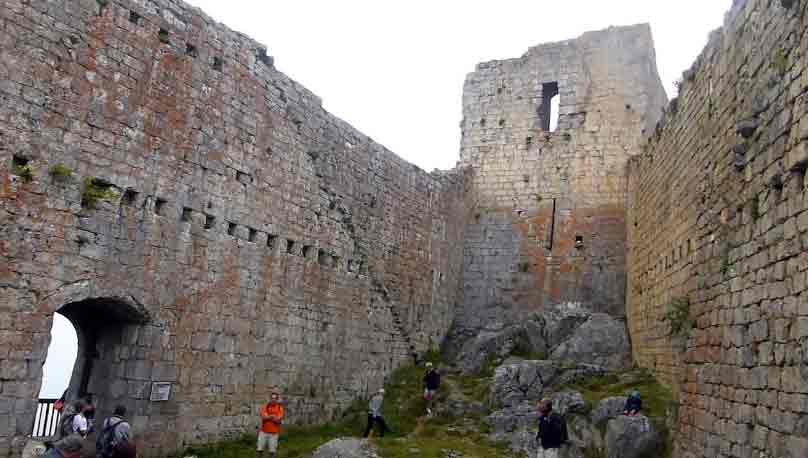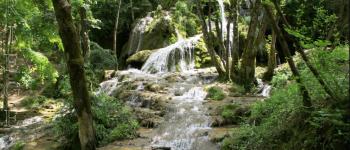
The last bastion of Cathar resistance in 1244, Montségur is the most famous of the Ariège villages.
At the summit of the pog (mountain), at an altitude of 1,200 meters, the castle dominates the village.
Montségur Castle, built in 1206, is considered a Cathar castle.
Indeed, this castle was built on the site of the old fortified village which, until the siege of 1244, was the Cathar stronghold.
In the first half of the 13th century, the fortress endured no fewer than four sieges, only one of which was successful.
Guy de Montfort, brother of Simon IV de Montfort, made a first attempt in 1212, and Simon IV de Montfort led the second in 1213.
In July 1241, Raymond VII of Toulouse, on the orders of Louis IX, began a siege, which he lifted without even launching an assault. In turn, Hugues des Arcis, seneschal of Carcassonne, laid siege to the castle.
On March 1, 1244, Pierre-Roger de Mirepoix was forced to negotiate the surrender of the stronghold.
The terms were as follows: the lives of the soldiers and laypeople would be spared, the Perfects who renounced their faith would be saved, and a 15-day truce was granted to the Cathars who wished to prepare and receive the last rites.
On March 16, the fortress reopened.
All the Cathars who refused to renounce their faith perished at the stake, which was erected for just over 200 victims. The castle was listed as a historic monument in 1875, and the pog on which it stands was added to this classification in 1883.
Solar Belief
Every year, at the winter solstice, the first ray of sunlight on the horizon crosses the length of the castle, and at the summer solstice, it passes through the four arrow slits of the northwest keep, with pinpoint precision.
A similar phenomenon is visible at Quéribus.
Some see a link between the sun cult, of Manichean origin, and the Cathar religion.
The Treasure
Montségur is believed to have housed the rich treasure of the Cathar church.
We know little about this supposed treasure.
Two facts fuel the speculation surrounding this treasure. The first is the escape on horseback of the Parfait Mathieu and Deacon Bonnet around Christmas 1243, taking with them "gold and silver and a tiny amount of coin."
This treasure is believed to have reached Cremona, Italy.
A second treasure was apparently saved during the truce of March 1244, as four individuals are reported to have fled Montségur with a cargo.
Historians believe this treasure contained the numerous heretical texts kept by the Parfaits in the fortress.
Eternal Grail
Montségur was considered the castle of the Grail.
The Grail was believed to be one of the pieces in the Cathar church's treasure: the cup in which Joseph of Arimathea allegedly collected Christ's blood on Mount Golgotha, or the emerald that fell from Lucifer's crown during the Fall of the Angels. Otto Rahn, a German enthusiast for Catharism, wrote extensively on the subject.
Montségur Town Hall
32 rue du village
09300 Montségur
Tél. : 05 61 01 10 27
https://www.montsegur.fr/



